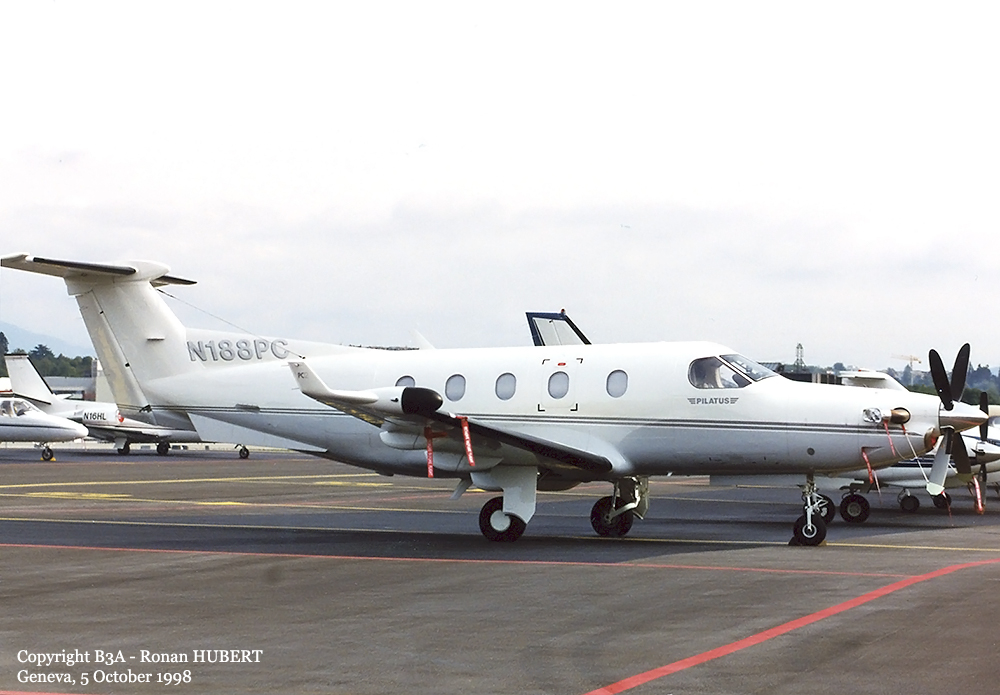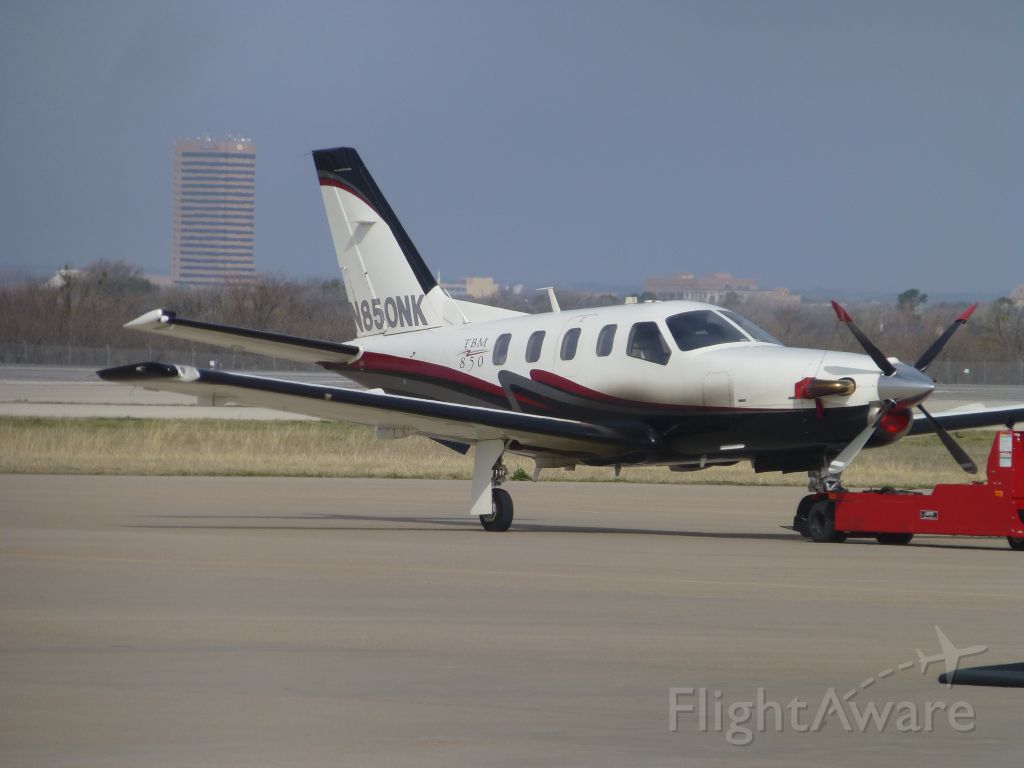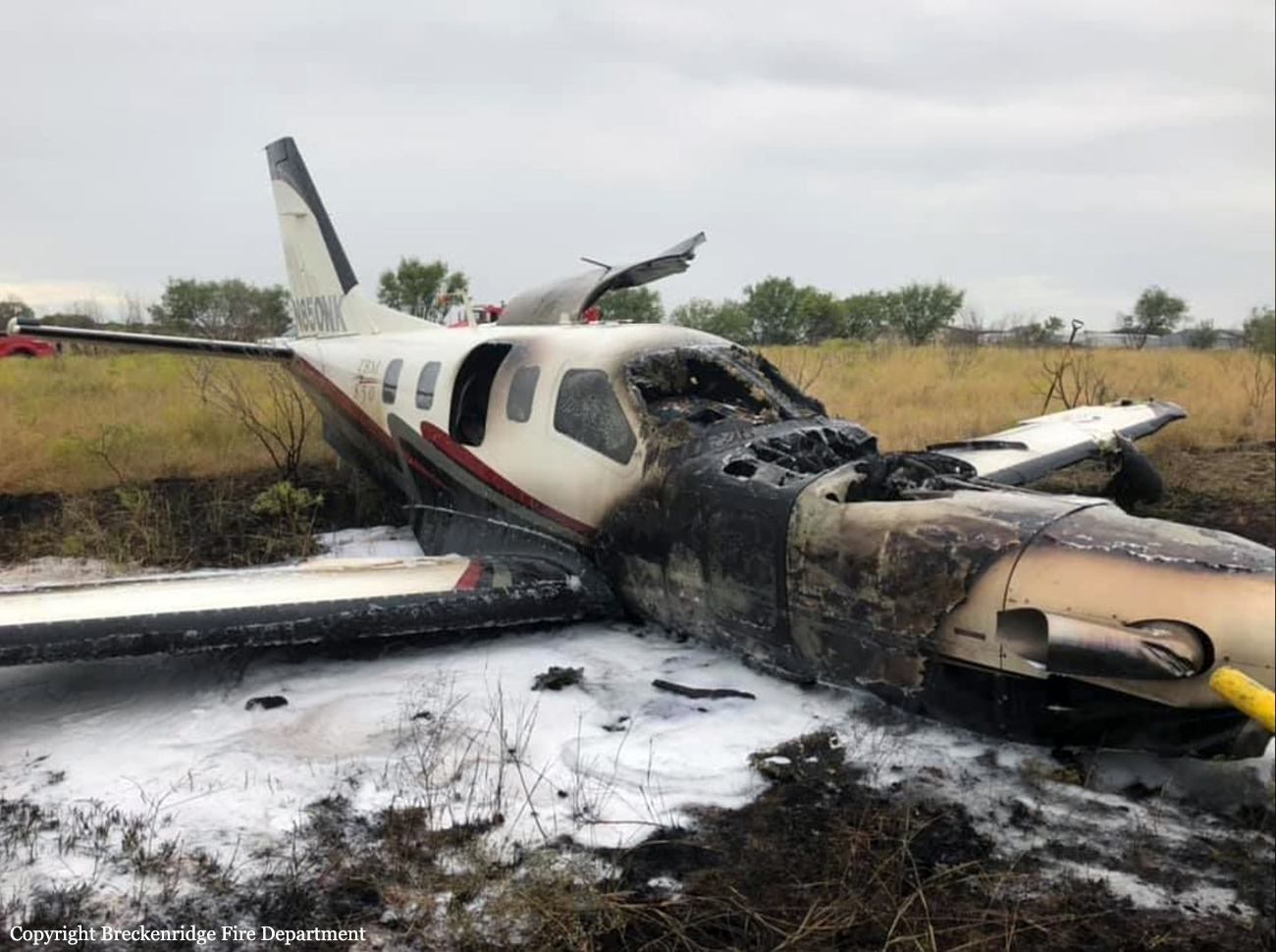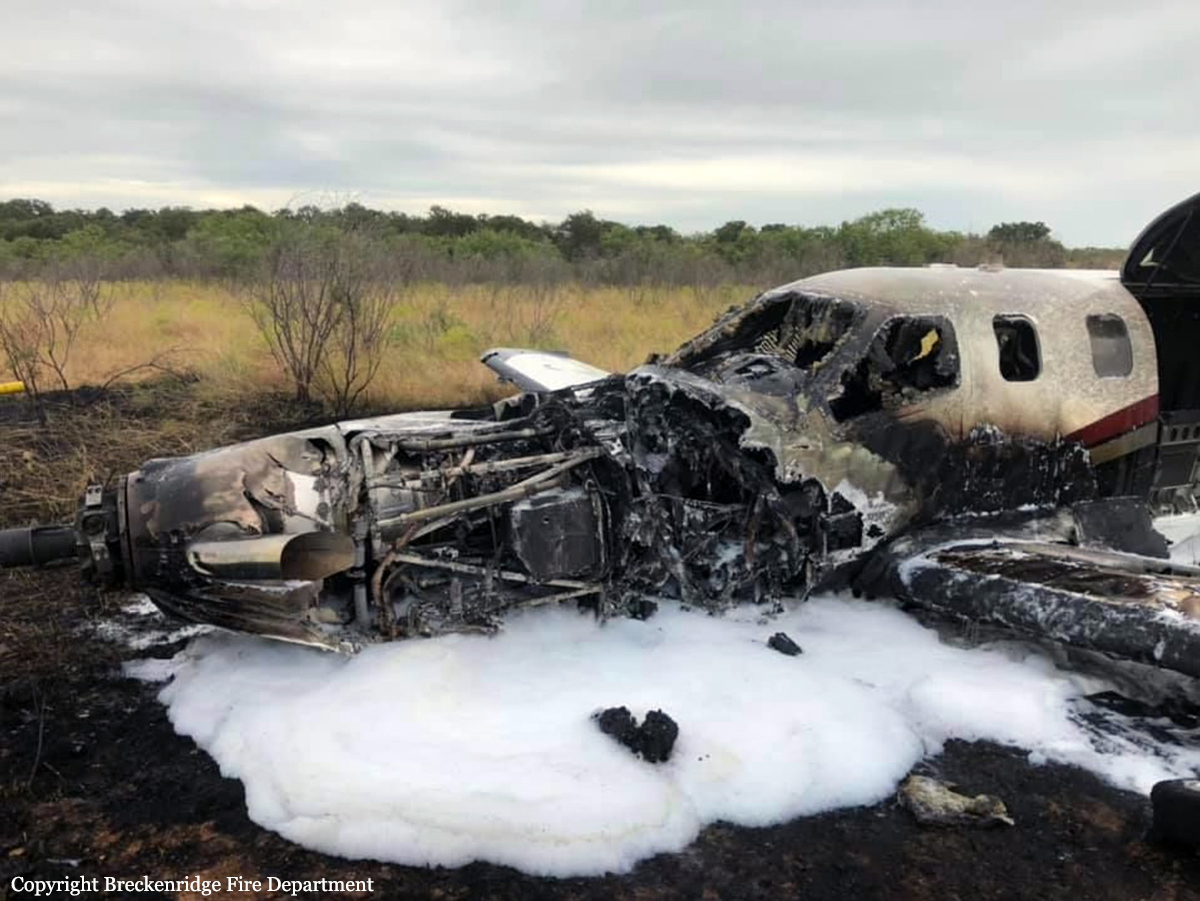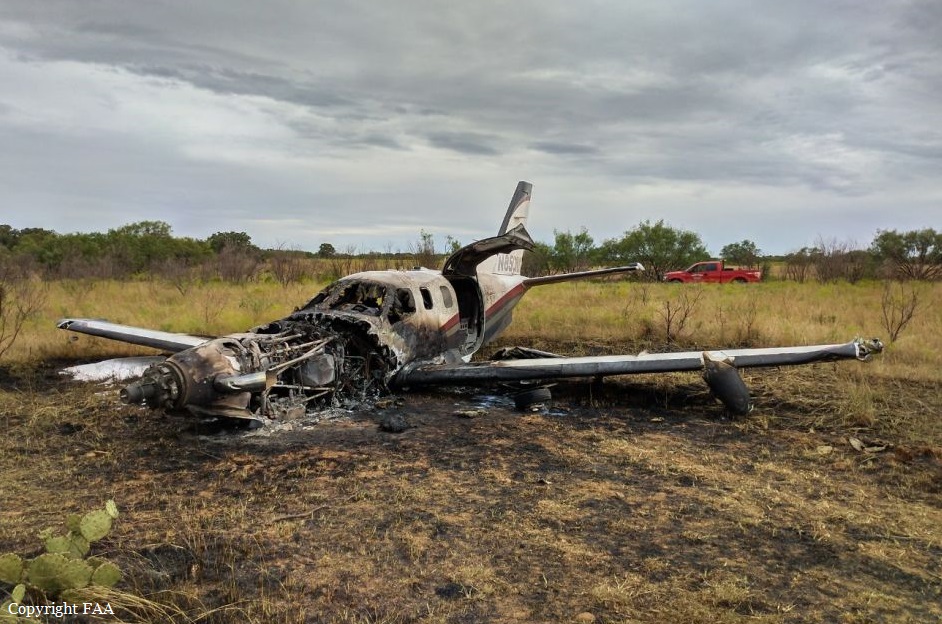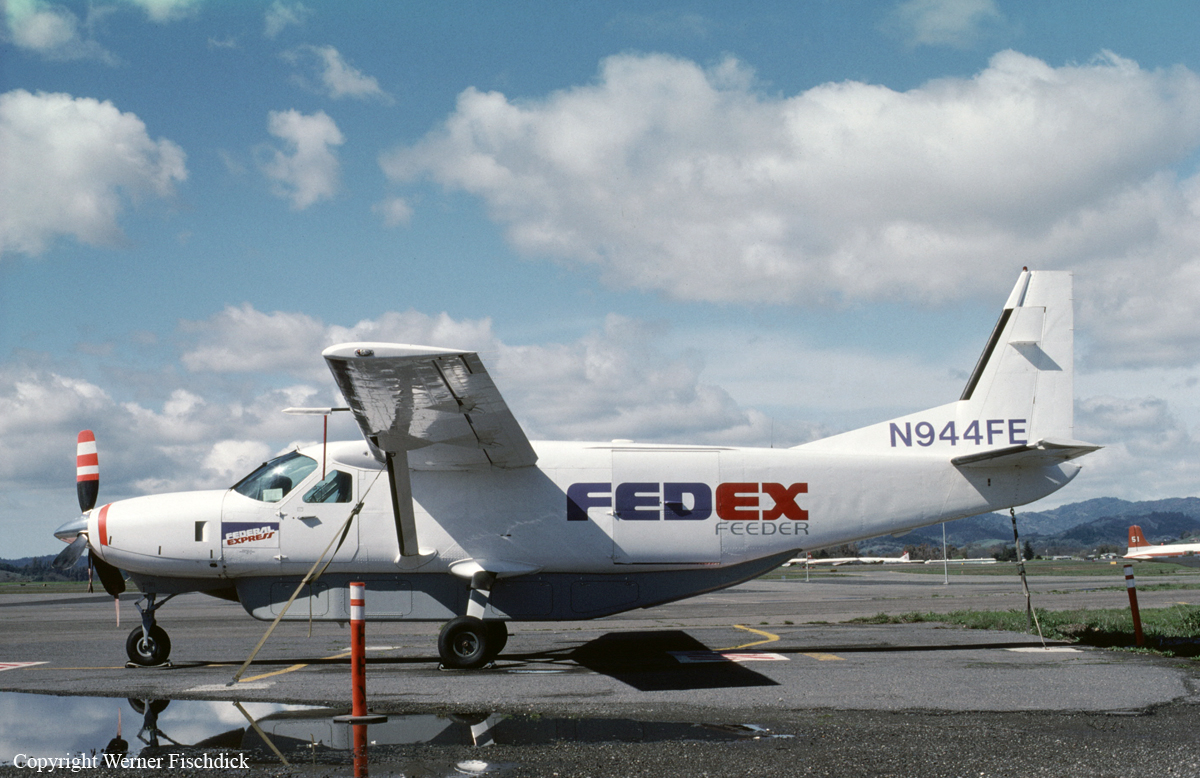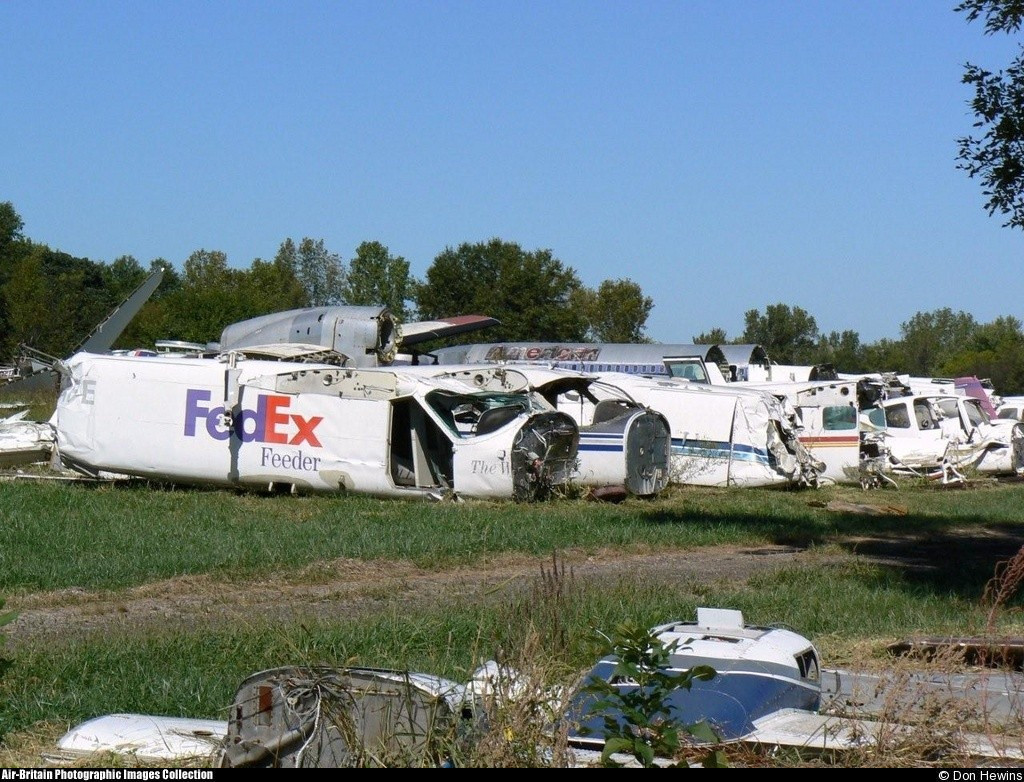Crash of a Pilatus PC-12/45 near San Angelo: 2 killed
Date & Time:
Dec 14, 2023 at 1318 LT
Registration:
N188PC
Survivors:
No
Schedule:
Jacksonville – San Angelo
MSN:
188
YOM:
1997
Crew on board:
1
Crew fatalities:
Pax on board:
1
Pax fatalities:
Other fatalities:
Total fatalities:
2
Circumstances:
While on final approach to San Angelo-Mathis Field, the single engine airplane entered a rapid descent with a rate of 5,058 feet per minute then crashed in an open field located about 12 km south of the airport. The airplane was totally destroyed and both occupants were killed.
